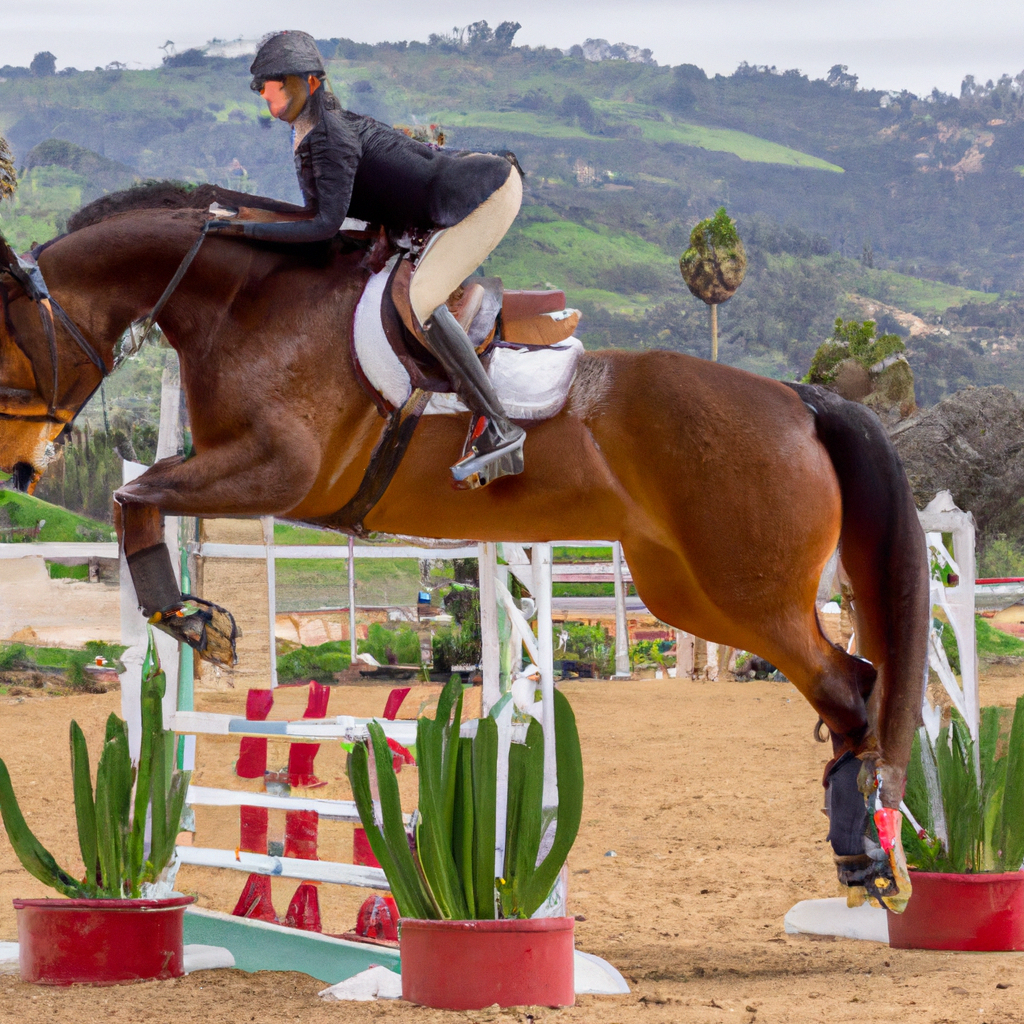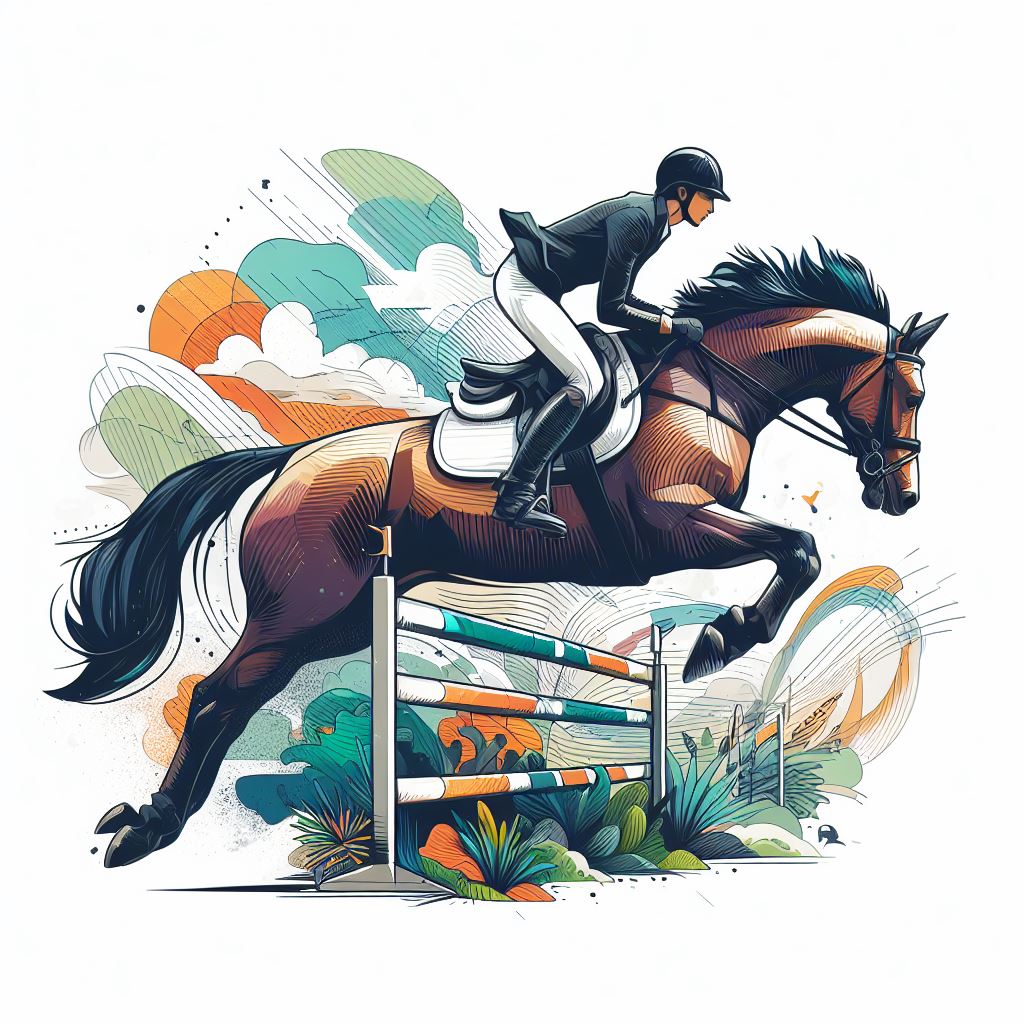Venture into the intriguing world of advanced horseback riding with “Mastering Balance: A Guide to High-Level Hunter/Jumper Riding”. As an advanced beginner, you now find yourself able to ride independently, mounting and dismounting with ease, and confidently trot around rings maintaining rhythm. But to truly excel at this majestic sport, it’s crucial to master the art of balance. This skill doesn’t rely on sheer strength or force, but rather on effortless alignment of your center of gravity with the horse’s – a true dance of two beings moving in harmonious synchrony. As your readiness to step into the exhilarating realm of the Hunter/Jumper grows, this article will guide you through it.

This image is property of pixabay.com.
Understanding the Basics of Balance
Balancing on a horse is an interplay of physics and grace. It’s more than merely not falling off; it’s about distributing your weight evenly so that you and your horse can work in unison. If compared to dancing, riding a horse is like being in a never-ending waltz with intricate steps and unpredictable rhythm.
Importance of maintaining balance
The importance of maintaining balance in horseback riding cannot be overstated. When you are in balance, you are not only able to control your horse effectively, but you also relieve your horse of unnecessary burden. This becomes even more important in disciplines like dressage or jumping, where a shift in your balance can discerningly affect your horse’s performance.
Center of gravity in horse riding
Properties of physics play a primary role in horse riding. The center of gravity in horse riding is a crucial aspect to understand and master. Much like a spinning top, the horse rider needs to align their center of gravity with that of the horse to maintain a symphony of balanced movement.
Understanding your horse’s balance
Understanding your horse’s balance is vital as every horse’s rhythm, gait, and balance is unique. By understanding your horse’s unique balance, you can adjust yourself accordingly, resulting in a smoother ride and a happier horse.
Advanced Hunter/Jumper Skills
As you grow as a rider, so does your horse. Improving your hunter/jumper skills is not only about refining your techniques but also about instilling higher confidence in your horse.
Gaining control over stride length and pace
Being able to control stride length and pace provides an influential tool to navigate through difficult courses. This control allows you to adjust the amount of ground your horse covers in each stride, helping achieve a flawless approach to every jump.
Increasing precision in steering
Precision in steering lends you the ability to maneuver your horse effortlessly through tight turns and complicated patterns. It’s about subtle shifts in weight, gentle movements of the reins, and the immense understanding shared between you and your horse.
Developing a steady and beautiful jumping style
The flashiness of a horse’s jump can often leave its imprint on spectators. However, as a rider, your prime focus should be to develop a steady and fluid jumping style. It’s about making it seem effortless; to be in such harmony with your horse that it looks as though you’re both simply taking a stride in the air.
Mastering the Art of Sitting in Balance
The art of sitting in balance is a continuous process. Even accomplished riders devote time to perfecting this basic yet critical skill.
Exercises for achieving a balanced seat
Much of your riding effectiveness emanates from your seat. Incorporating targeted exercises – both on and off the horse – can help in achieving a balanced seat. This might include strength training, balance exercises or even mastering the ability to sit quietly on your horse as they move and turn.
Understanding the different types of seat: Halt, Walk and Trot
Each gait – halt, walk, trot – requires you to adjust your seat accordingly. The halt requires stability, the walk prompts a rolling motion in tune with your horse’s movements, and the trot demands rhythm and suppleness. Understanding the nuances of each will aid in creating a harmonious ride.
Maintaining sitting balance while over fences
All the balance mastery and sitting exercises come into play especially when you’re jumping. Maintaining your sitting balance while over fences is challenging as well as crucial. As your horse leaps and lands, your ability to maintain your balance can significantly impact your horse’s performance and safety.
Perfecting the Art of Canter
A finely executed canter is a pleasure to watch. It’s rhythmic, it’s smooth, and it’s a testament to the perfect understanding between you and your horse.
Introductory canter exercises
Starting with simple exercises like cantering in a straight line or on shallow loops can sharpen your coordination, give you a sense of your horse’s rhythm, and help you master the fundamental skills required in canter.
Distinguishing between the three canter leads
Canter is a three-beat gait, and understanding the distinct ‘leads’, or order of footsteps, will enhance your riding. When your horse’s right leg reaches further forward, it’s a right lead canter. When the left leg does, it’s a left lead. A counter canter is when your horse is on the opposite lead to the direction of movement. Being able to establish and switch leads are vital skills for an accomplished rider.
Mastering smooth canter transitions
Smooth canter transitions occur when you can change your horse’s pace from walk or trot to canter, or vice versa, seamlessly and without disturbing the rhythm. Good transitions showcase your skill as a rider and your horse’s training.
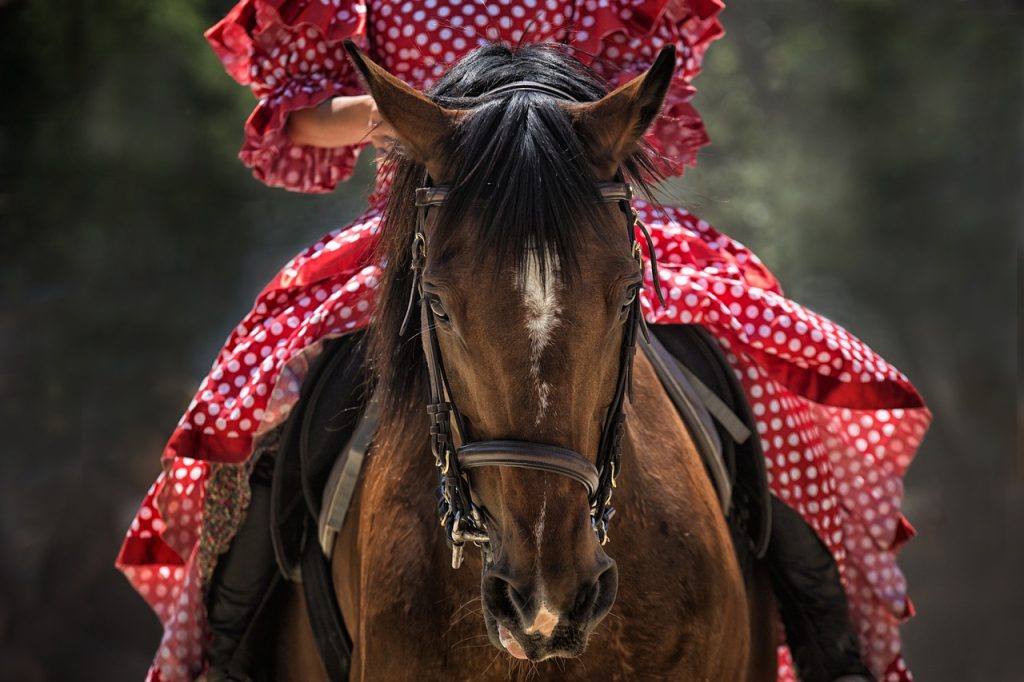
This image is property of pixabay.com.
The Importance of Rider Fitness
Your fitness plays a huge role in your ability to ride with balance and grace. A fit rider is a better rider.
Physical exercises to improve riding balance
Physical exercises targeted towards improving your core strength, flexibility, and overall endurance can do wonders for your riding balance. This could entail anything from aerobic exercises, weight lifting to more specialized workouts designed for equestrians.
How yoga can benefit equestrian riders
Yoga, with its emphasis on balance, core strength, and flexibility, could be the perfect workout for riders. It improves your body awareness, heightens your concentration and enhances overall fitness – all the ingredients required for a seasoned rider.
The role of core strength in maintaining balance
Riding is physically demanding, and a lot of the work comes from your core. A strong core will improve your stability, help you stay aligned with your horse’s center of gravity, and greatly enhance your ability to maintain balance.
Developing an Effective Two-Point Position
An effective two-point position lets you distribute your weight in such a way that it reduces your horse’s workload and increases their efficiency, especially over fences.
Moving from sitting to two-point position
Learning to transition smoothly from sitting to two-point positions is a fundamental skill in jump riding. In the two-point position, your seat rises off the saddle, and your weight is balanced over your horse’s center of gravity. This allows your horse the freedom to move underneath you, making it easier for them to jump.
Using two-point position over fences
Maintaining a two-point position over fences helps your horse balance better. By keeping your weight centered over your feet, your horse can jump without the extra burden of carrying your weight, thus, preventing imbalances that could lead to refusals or poor jumps.
Exercises to improve stability in two-point position
Practice is key to mastering the two-point position. Exercises like riding in two-point without stirrups or alternating between two-point and sitting positions can help improve your stability and confidence.
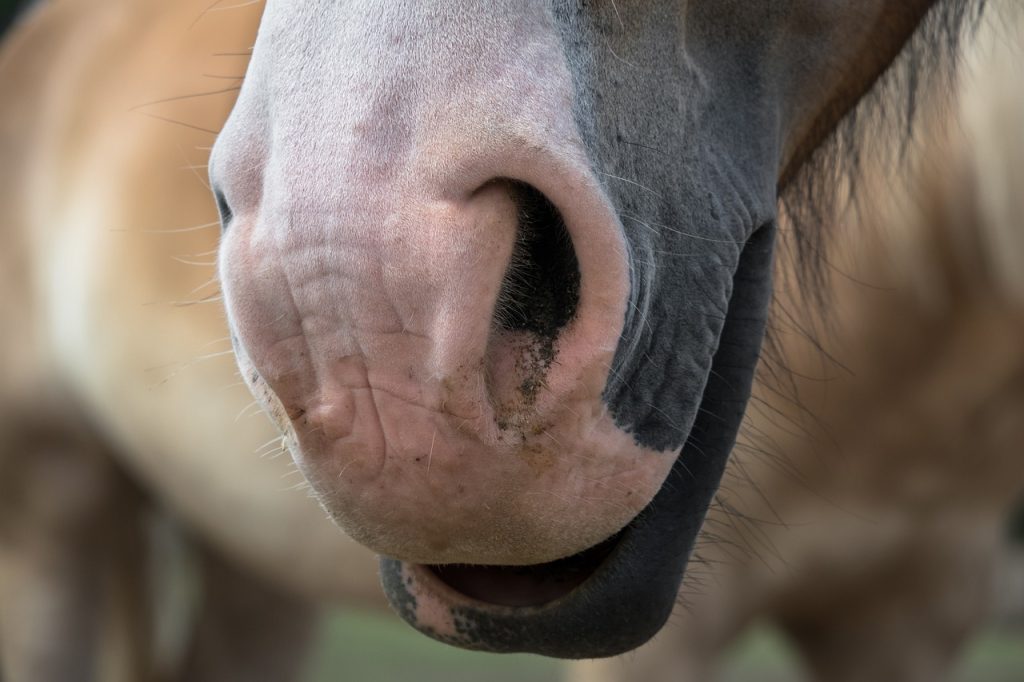
This image is property of pixabay.com.
Effective Communication with Your Horse
The language between you and your horse can spell the difference between a good ride and a great one. You need to build a strong connection with your horse, understand them, and let them understand you.
Building trust with your horse
Building trust with your horse is the first step in effective communication. Spend time with your horse, on and off the saddle. Learn to understand their reactions to various stimuli and respond in ways that show you respect their responses. Remember, trust is a two-way street.
Recognizing and responding to your horse’s signals
Every horse has a vocabulary of signals that they use to communicate. Recognizing and responding to these signals enhances mutual understanding and cohesion in your rides. You’ll be able to guide your horse better, and they’ll respond more willingly to your cues.
Applying minimal aids for maximum effect
Less is more when it comes to applying aids. The less noticeable your aids, the more polished your riding looks. By applying minimal aids, you encourage your horse to listen closely to you, thus, refining your communication.
Advanced Exercises for Balance and Rhythm
As you progress in your riding journey, your exercises need to evolve as well, challenging both you and your horse.
Performing transitions within gaits
Performing transitions within gaits, such as moving from a working trot to a collected trot, not only adds variation to your workouts but also enhances your horse’s attentiveness and strengthens their muscles.
Implementing lateral movements
Lateral movements, where your horse moves sideways, are brilliant for improving balance, enhancing flexibility, and refining communication between you and your horse. They may be challenging to master, but once achieved, they can be exceptionally rewarding.
Riding curvatures to refine balance
Riding curves, be it circles, serpentine or loops, teaches you to manage continual shifts in your horse’s balance and direction. It’s like a dance, where you’re trying to match your horse’s rhythm and flow seamlessly through the curves.
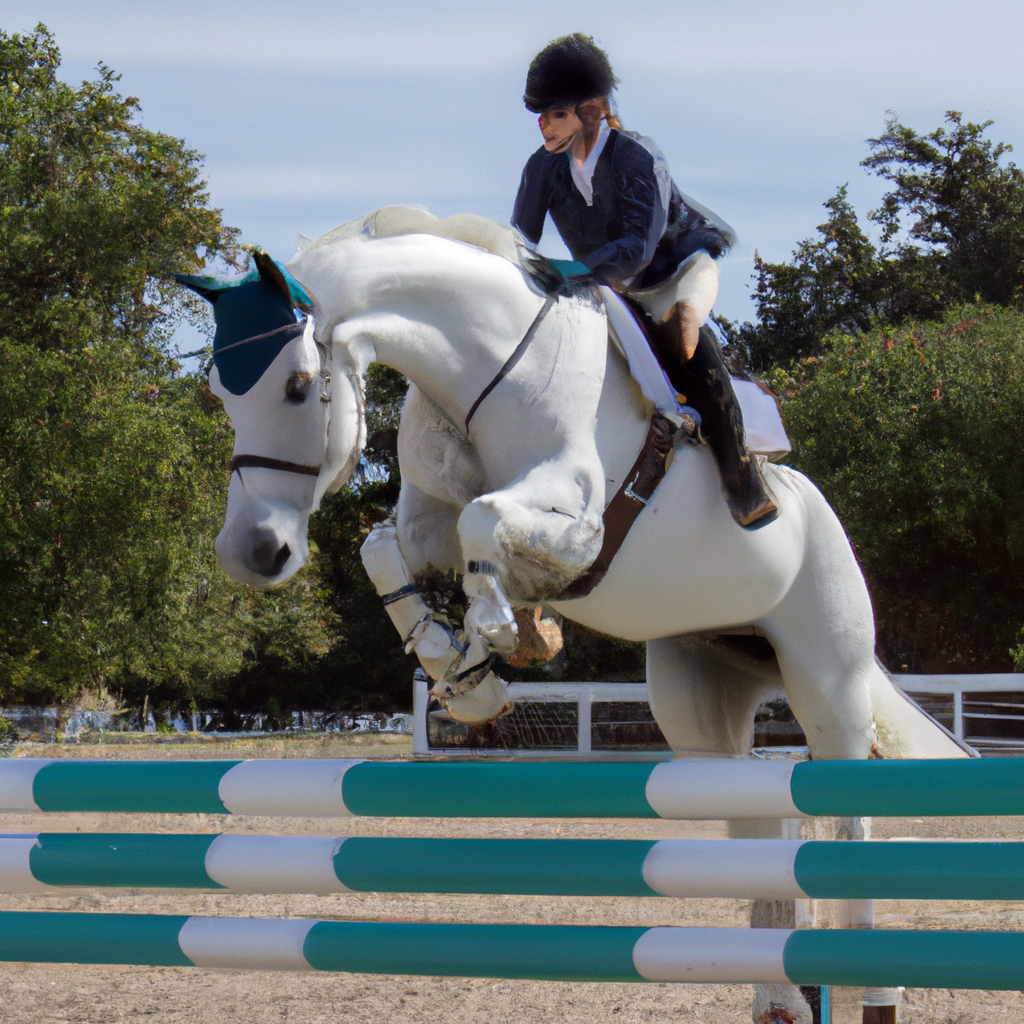
Riding to the Jumps
Riding to the jumps is a thrilling part of horseback riding. It tests your skills, your balance, your bravery, and your bond with your horse.
Setting up an ideal jumping rhythm
Setting an ideal jumping rhythm requires you to foresee the jump and adjust your horse’s strides so that they approach the jump in balance and at an optimal speed. A well-set rhythm can make the difference between a clean and a knocked jump.
Perfecting the execution of a jump
Executing a perfect jump is the pinnacle of timing, balance, and precision. It requires you to guide your horse smoothly to the fence, stay synchronized with their movement over the jump, and ensure a balanced landing. It’s a skill that requires diligent practice and tremendous trust in your horse.
Training exercises for improving jumping technique
Practicing with different types of jumps, varying distances and courses can improve your jumping technique. Exercises like gridwork, where you jump a series of fences in quick succession, can particularly help you and your horse focus on rhythm and accuracy.
Mental Strategies for High-Level Riding
Equestrian sports challenge not just your body, but also your mind. Embracing the right mindset can immensely enhance your performance.
Coping with competition nerves
Competition nerves can easily knock you off your game. Managing them is essential for high-level riding. Mental rehearsals, deep-breathing exercises, or simply reminding yourself to have fun can help keep your nerves in check.
Visualisation techniques to improve riding
Visualisation techniques, where you mentally rehearse your ride, can be a powerful tool for improvement. These techniques can help you anticipate various situations and plan your actions, thus, making you better prepared to manage your rides.
Continuous learning and improvement in equestrian sports
The beauty of equestrian sports lies in the endless scope for learning and improvement. Like any other discipline, the road to mastery in horseback riding is marked by continuous learning, practice, and a deep-rooted passion for the sport.
In conclusion, becoming an accomplished hunter/jumper rider requires a blend of physical skill, mental strategy, and effective communication with your horse. Mastering your balance, honing your riding techniques, educating yourself about your horse, and nurturing your fitness and mindset can pave the way to high-level riding. Remember, every ride is a learning experience, and every challenge is a stepping stone to excellence. So, go ahead, saddle up, and let the journey to mastery begin. Enjoy the ride!
